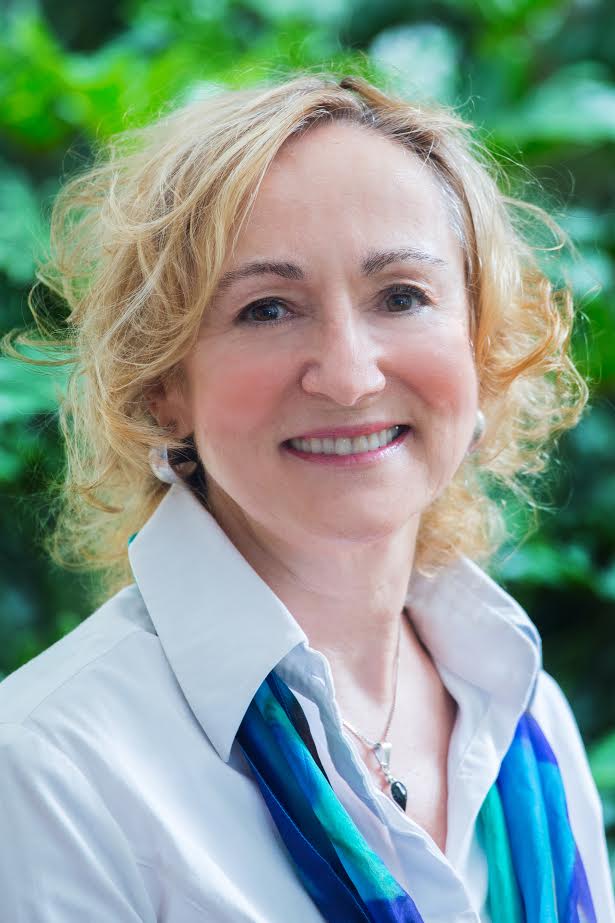What does an Associate Lecturer, School of Science, Education and Engineering do?
Associate Lecturers provide support for senior university staff in designing and delivering lectures and tutorials. We also mark student assessments, answer student emails, provide guidance for students, create learning tools and conduct our own research.
What do you work in and what is your specialty?
My specialty is teaching Education for Sustainable Development. This is an exciting field that investigates how scientific, social, economic, political, ideological, practical and operational aspects of modern society impact our natural environment and other systems. Science tells us currently, we operate unsustainably, as outputs from one system are toxic as inputs into another system. For instance, our systems of transport (cars, trucks, buses, planes, etc.) have inputs of fossil fuel and outputs of C02, which is toxic as an input to, for one, human systems. So don’t sit in a closed up garage with your car running and the windows down for too long! Science also tells us our current output of CO2 (from transport and other systems of operation) is toxic as an input to our wider systems of climate, ecological integrity and biodiversity.
How did you become interested in this area and when did you first start?
I grew up in the New Jersey Bay shore area in one of the lowest economic suburbs of one of the most affluent counties (shire). Because of economics, our area housed the sewer plant amongst other industrial operations. The output was extremely detrimental to all life systems. From my lived experience my passion grew.
What study path have you taken to get here?
I have a Bachelor of Fine Arts, a Master of Creative Arts, and a Master of Education. I am pursuing a PhD. This research will focus on developing an exemplary education for sustainable development (ESD) course for tertiary education.
What do you like most about your job?
I love that I get to teach from my heart, using my head and my hands. My years as a practising artist (inspired by nature) have gifted me the ability to communicate visually complex theories and concepts for my students. I do this in real time, on a white board in the tute room or through designing tutorial experiences for USC’s “cave”, a visualisation studio with 3D capabilities – one of only 4 in the world! The facts of my lived experience (surviving extreme environmental degradation in New Jersey) help my students (who have mostly grown up in paradise here in Oz) “to see and feel” it without having to live through it. This leads to understanding which leads to knowing, knowing leads to empowerment which leads to the capacity to design sustainable futures.
Do you have any particular career highlights?
Highlights include teaching and mentoring over 3,000 undergrads in the past decade and a half, winning an inaugural USC Advance Award in 2013 – for Advancing Quality Teaching, and becoming an Honorary Member of the Sunshine Coast Chapter of the International Golden Key Honour Society in 2015.
What advice would you give to someone interested in working in this area?
Every single STEM career path is connected to ESD as we are nothing without our environment. The healthier it is, the healthier we all are. If you are reading this, you are most likely already on or considering a STEM path…therefore my advice is to know yourself, follow your bliss and be a lifelong learner.

Name
Phyllis Araneo
Career
Associate Lecturer
School of Science, Education & Engineering
University of Sunshine Coast
